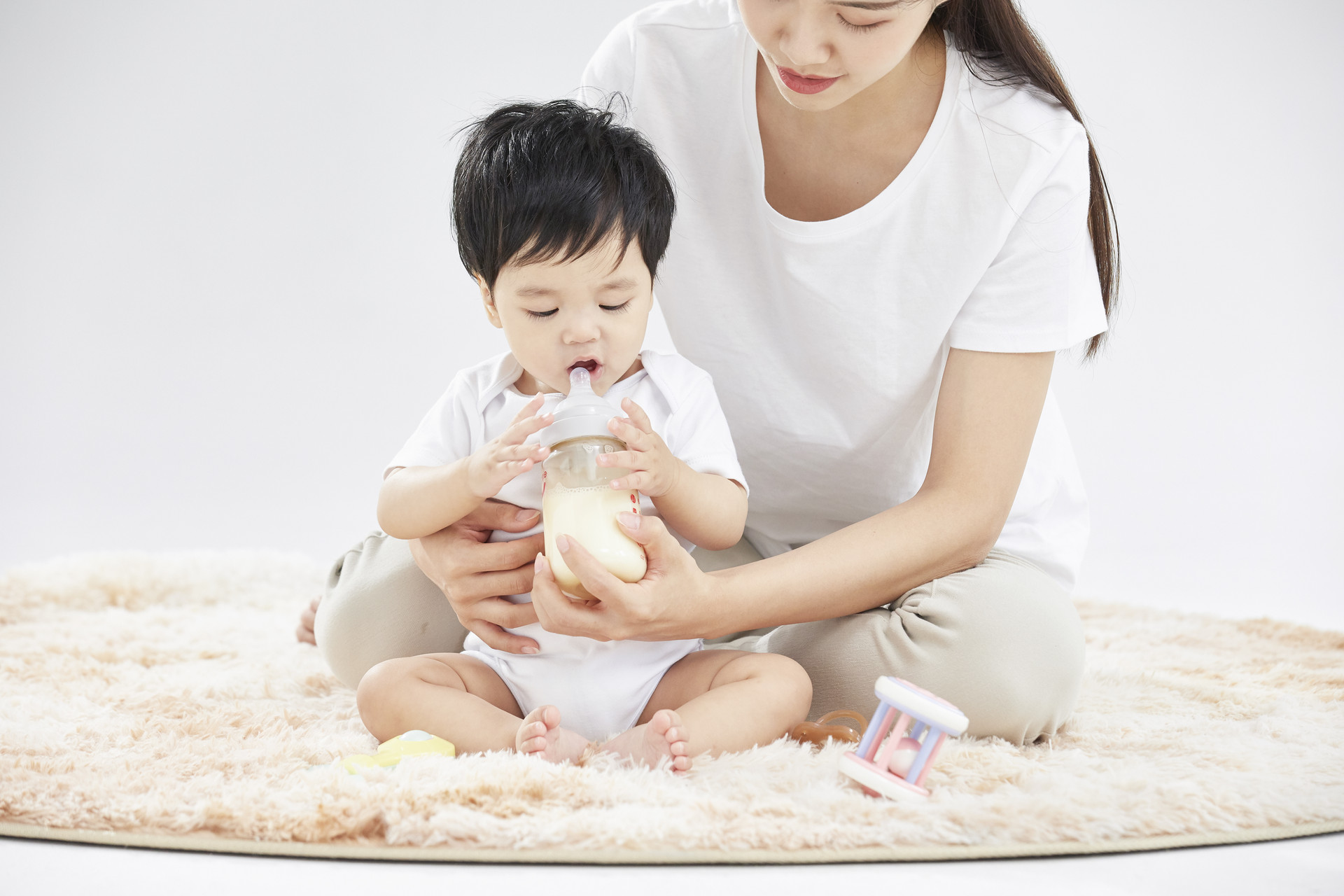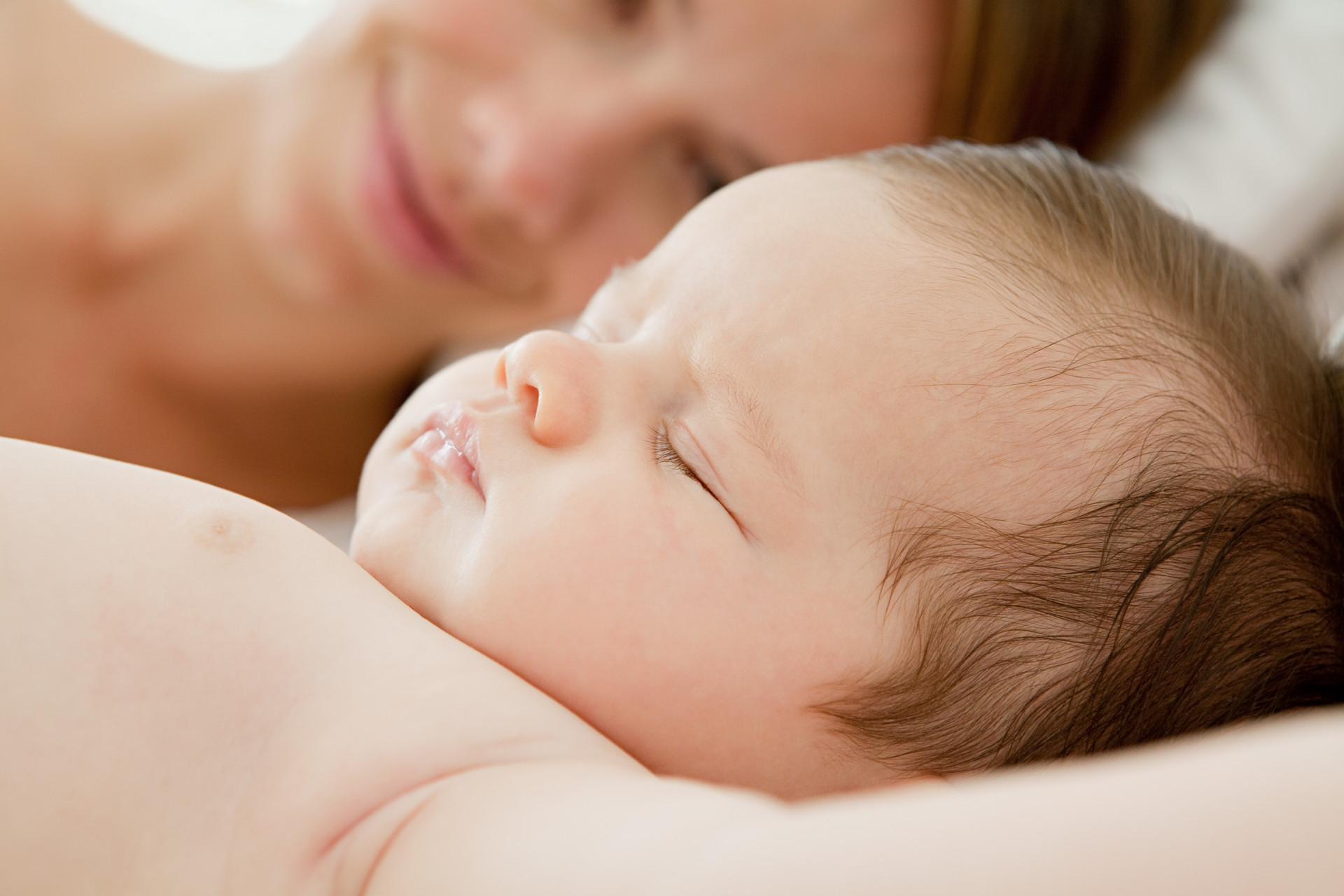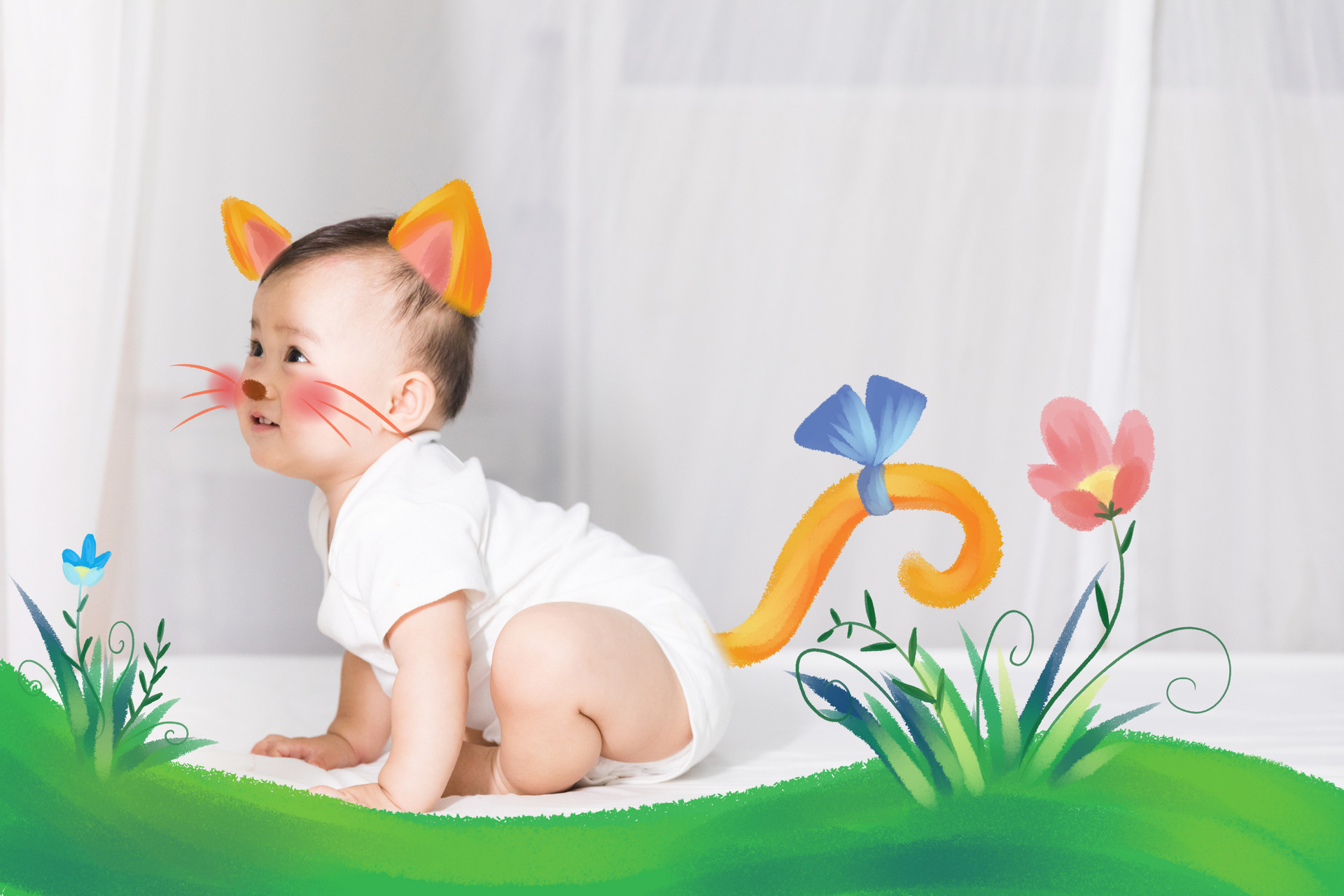Babies can only use the iron stored in their mothers' bodies for a maximum of 6 months after birth, and the iron content in breast milk is relatively low. Therefore, it is necessary to introduce complementary foods to babies at 6 months of age to supplement the insufficient iron in their bodies. Infants and toddlers aged 6-24 months are most prone to iron deficiency. The symptoms of iron deficiency in babies include being exceptionally "well-behaved," not crying, not moving much, and not liking to be active. Some parents mistakenly think that their baby is just being extra well-behaved, but in fact, this is a manifestation of iron deficiency. Severe iron deficiency can also lead to decreased hemoglobin, weak immune system, and susceptibility to diseases such as colds, coughs, and diarrhea. So what are the specific symptoms of iron deficiency anemia in babies? What foods should be chosen for children with anemia? How to prevent iron deficiency anemia? Let me answer these questions for you one by one.
Premature infants should start taking iron supplements 1-2 months after birth. The first method of preventing anemia is to breastfeed exclusively and introduce iron-fortified rice cereal at 6 months of age. After gradually introducing other foods, the baby should eat meat every day and consume a small amount of fat. It is recommended to eat animal liver or blood 1-2 times a week, fish or shrimp/chicken or duck 1-2 times a week, and red meat (pork, beef, lamb, etc.) 3-4 times a week. The daily amount of meat should be 30-50 grams. For convenience, you can buy one pound of meat each time, make it into minced meat, divide it into 10-15 meatballs, and store them in the freezer. Take out one meatball each time, thaw it, and feed it to the baby. It is also convenient to give the baby an egg every day, such as making it into a chicken and egg patty. This can ensure that the baby gets enough protein and iron, prevent iron deficiency anemia, and promote normal growth and development.
Symptoms of anemia in children
1. General manifestations: Pale skin and mucous membranes are prominent. Due to the decrease in the number of red blood cells and the concentration of hemoglobin, the skin (face, ears, palms, etc.), mucous membranes (conjunctiva, oral mucosa), and nail beds appear pale. In severe anemia, the skin often appears wax yellow, which can be mistaken for mild jaundice. Conversely, when there is jaundice, cyanosis, or other changes in skin pigmentation, it can mask the manifestation of anemia. In addition, long-term illness may also cause fatigue, dry hair, malnutrition, and delayed physical development.
2. Hematopoietic organ response: In infants, when the function of hematopoietic organs is not stable, when hematopoiesis needs to increase, extramedullary hematopoietic organs and tissues often show hyperplastic reactions, returning to the hematopoietic state of the fetus, and there may be enlargement of the liver, spleen, and lymph nodes to varying degrees (aplastic anemia does not generally enhance extramedullary hematopoiesis), and nucleated red blood cells and immature granulocytes may appear in peripheral blood.
3. Symptoms of various systems:
(1) Circulatory and respiratory systems: The symptoms of these two systems are interrelated. When anemia occurs, due to tissue hypoxia, a series of compensatory changes occur, such as increased heart rate and accelerated respiration to increase the ability to transport oxygen (more obvious after exercise). Physical examination may reveal an increased heart rate, stronger pulse, increased arterial pressure, and sometimes visible capillary pulsation. When compensatory dysfunction occurs in severe anemia, there may be cardiac enlargement, systolic murmur in the precordial area, and even congestive heart failure.
(2) Digestive system: Gastric and intestinal motility and digestive enzyme secretion are affected, resulting in decreased appetite, nausea, bloating, or constipation. Occasionally, there may be glossitis and atrophy of taste buds on the tongue.
(3) Nervous system: Common manifestations include mental lethargy, lack of concentration, and easy irritability. Severe brain tissue hypoxia can cause fainting. Older children may experience headaches, dizziness, black spots in front of their eyes, or tinnitus.
What foods should be chosen for children with anemia
To prevent anemia in infants and young children, it is necessary to start adding iron-rich and easily absorbed foods from 4 months after birth.
1. Animal liver: Liver is rich in nutrients, with 25 milligrams of iron per 100 grams of pork liver, and it is easily absorbed by the human body. To make it easier for children to eat, various types of animal liver can be made into liver paste or liver soup and steamed with condiments before feeding.
2. Egg yolk: Egg yolk contains 7 milligrams of iron per 100 grams. Although the absorption rate is only 3%, egg yolk is easy to digest and contains rich vitamins.
3. Animal blood: The utilization rate of iron in pig blood and chicken blood is 12%. Animal blood tofu can be made from animal blood for consumption.
4. Tofu and soy products: Various types of tofu and soy products also contain iron and can be made into various soft dishes with condiments.
5. Sesame paste: Sesame paste contains 58 milligrams of iron per 100 grams and can be used to make various baby food or added to porridge. 6. Vegetables and fruits: Vegetables and fruits can be made into puree or chopped and cooked for easy consumption.
How to prevent iron deficiency anemia
The simplest method is to let children eat more foods rich in iron to increase hemoglobin. These foods mainly include lean meat, pork liver, egg yolk, kelp, chicken liver, seaweed, shiitake mushrooms, and soy products.
Egg yolk: Egg yolk contains 7 milligrams of iron per 100 grams, and although the absorption rate is only 3%, it is convenient to eat and store, and it is also rich in other nutrients, making it a good supplementary food for babies to replenish iron.
Animal blood: The utilization rate of iron in pig blood, chicken blood, duck blood, and other animal blood is 12%. Blood tofu sold in the market is a good food for preventing iron deficiency anemia in children.
Animal liver: Liver is rich in various nutrients and is the preferred food for preventing iron deficiency anemia. Pork liver contains 25 milligrams of iron per 100 grams and is easily absorbed by the human body.
Sesame paste: Sesame paste is rich in various nutrients and is an excellent nutrition food for infants and young children. It contains 58 milligrams of iron per 100 grams and is also rich in calcium, phosphorus, protein, and fat. It can be added to meals for babies to consume. Soybeans and soy products:
Soybeans and soybean powder contain 11 milligrams of iron per 100 grams, and the absorption rate is 7%, which is much higher than the iron absorption rate in rice and flour. Therefore, children should be given more soy products to eat. Wood ear mushrooms and mushrooms: They have a high iron content, especially wood ear mushrooms, which contain 185 milligrams of iron per 100 grams. Since ancient times, it has been regarded as a good blood supplement. In addition, seaweed, seaweed, and other seafood are also good foods for preventing and treating iron deficiency anemia in children.
Do mothers know about the symptoms of iron deficiency anemia in babies? What foods should be chosen for children with anemia? How to prevent iron deficiency anemia? It's time to change our previous misconceptions! I hope the information I provided will be helpful to you.











